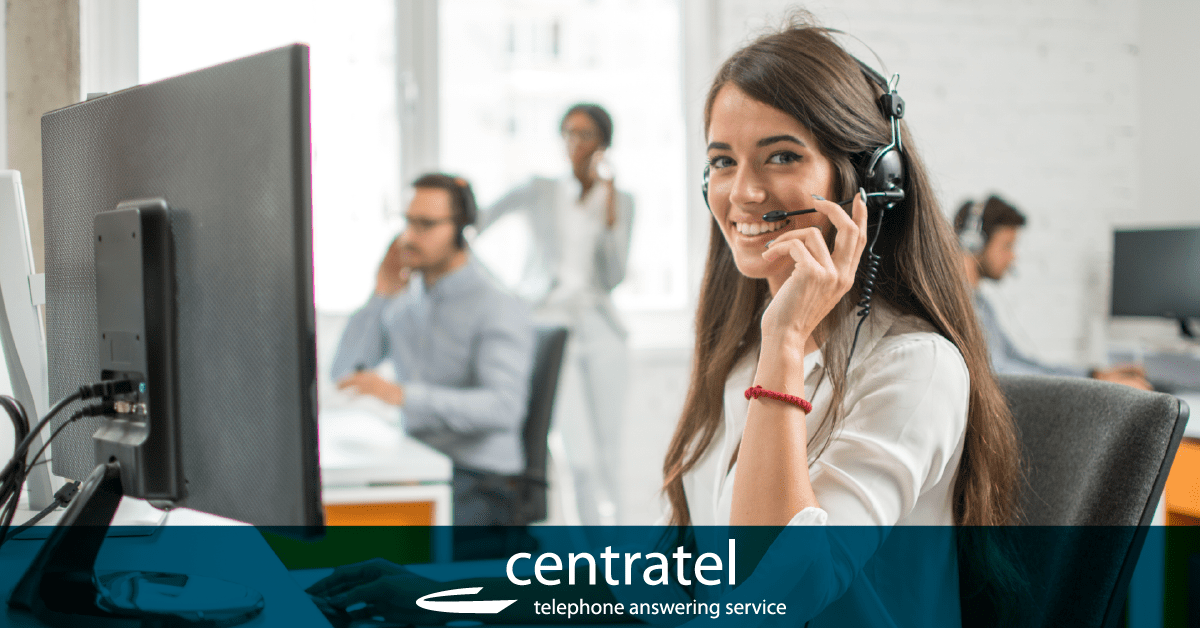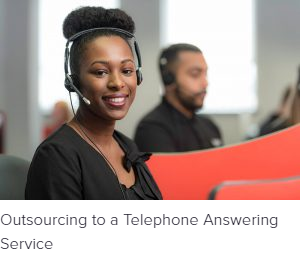All Categories
Featured
Table of Contents
What Is The Best Answering Service Jobs In All Australia To Buy
This gadget and its followers were developed by Sava Jacobson, an electrical engineer with a private consulting company. While early answering makers utilized magnetic tape innovation, a lot of modern devices uses solid state memory storage; some gadgets use a mix of both, with a solid-state circuit for the outbound message and a cassette for the inbound messages.
"toll conserving" listed below) (virtual telephone answering service). This works if the owner is screening calls and does not wish to talk with all callers. In any case after going, the calling celebration should be notified about the call having been answered (in many cases this starts the charging), either by some remark of the operator, or by some greeting message of the little, or dealt with to non-human callers (e.
This holds particularly for the Little bits with digitally saved welcoming messages or for earlier makers (before the increase of microcassettes) with a special limitless loop tape, separate from a 2nd cassette, devoted to recording. There have actually been answer-only devices with no recording capabilities, where the welcoming message had to notify callers of a state of existing unattainability, or e (phone answering service).
What Is The Best What Is An Answering Service? Product?

about accessibility hours. In tape-recording Littles the greeting usually includes an invitation to leave a message "after the beep". A voice mail that uses a microcassette to tape-record messages On a dual-cassette answerphone, there is an outgoing cassette, which after the specified number of rings plays a pre-recorded message to the caller.

Single-cassette answering makers contain the outgoing message at the start of the tape and incoming messages on the staying area. They initially play the announcement, then fast-forward to the next readily available area for recording, then tape-record the caller's message. If there are many previous messages, fast-forwarding through them can trigger a significant delay.
This beep is often described in the welcoming message, requesting that the caller leave a message "after the beep". Little bits with digital storage for the tape-recorded messages do disappoint this hold-up, obviously. A little bit might offer a remote control facility, whereby the answerphone owner can call the house number and, by getting in a code on the remote telephone's keypad, can listen to tape-recorded messages, or delete them, even when far from home.
Best How To Start An Answering Service Business To Buy

Thus the machine increases the variety of rings after which it addresses the call (usually by 2, resulting in 4 rings), if no unread messages are presently kept, however answers after the set variety of rings (generally 2) if there are unread messages. This enables the owner to discover out whether there are messages waiting; if there are none, the owner can hang up the phone on the, e.
Some machines also permit themselves to be remotely triggered, if they have actually been turned off, by calling and letting the phone ring a certain large number of times (usually 10-15). Some company abandon calls already after a smaller number of rings, making remote activation impossible. In the early days of Little bits a special transmitter for DTMF tones (dual-tone multi-frequency signalling) was regionally needed for remote control, since the formerly employed pulse dialling is not apt to communicate appropriate signalling along an active connection, and the dual-tone multi-frequency signalling was implemented stepwise.
Any incoming call is not identifiable with regard to these residential or commercial properties in advance of going "off hook" by the terminal devices. So after going off hook the calls must be switched to proper gadgets and only the voice-type is instantly accessible to a human, however perhaps, nevertheless ought to be routed to a LITTLE (e.
What Is The Best 9 Best Answering Service Providers For 2023 [Reviewed] Deal Right Now
What if I told you that you do not need to in fact choose up your device when answering a customer call? Somebody else will. So hassle-free, best? Responding to call doesn't require somebody to be on the other end of the line. Effective automated phone systems can do the trick just as efficiently as a live representative and often even much better.
An automated answering service or interactive voice response system is a phone system that interacts with callers without a live person on the line - professional phone answering service. When companies utilize this technology, customers can get the answer to a question about your business simply by utilizing interactions established on a pre-programmed call flow.
Although live operators update the client service experience, lots of calls do not require human interaction. A simple taped message or directions on how a consumer can obtain a piece of info generally resolves a caller's instant requirement - business call answering service. Automated answering services are a basic and efficient way to direct incoming calls to the ideal individual.
Best Outsource Answering Service Company Sri Lanka
Notification that when you call a business, either for support or product query, the first thing you will hear is a pre-recorded voice welcoming and a series of options like press 1 for client service, press 2 for questions, and so on. The pre-recorded alternatives branch out to other choices depending on the client's choice.
The phone tree system assists direct callers to the ideal individual or department utilizing the keypad on a smart phone. In some instances, callers can utilize their voices. It deserves noting that auto-attendant alternatives aren't limited to the ten numbers on a phone's keypad. As soon as the caller has chosen their first choice, you can develop a multi-level auto-attendant that uses sub-menus to direct the caller to the ideal sort of support.
The caller does not have to communicate with a person if the auto-attendant phone system can handle their concern. The automatic service can path callers to a staff member if they reach a "dead end" and require support from a live agent. It is costly to hire an operator or executive assistant.
Best How Answering Services Work
Automated answering services, on the other hand, are significantly less costly and offer substantial cost savings at approximately $200-$420/month. Even if you don't have actually committed staff to deal with call routing and management, an automatic answering service enhances efficiency by enabling your team to focus on their strengths so they can more effectively invest their time on the phone.
A sales lead routed to customer care is a lost shot. If a client who has product concerns reaches the incorrect department or receives incomplete responses from well-meaning staff members who are less trained to manage a specific type of concern, it can be a reason for aggravation and discontentment. An automatic answering system can lessen the variety of misrouted calls, thus helping your staff members make much better use of their phone time while freeing up time in their calendar for other tasks.
With Automated Answering Systems, you can produce a personalized experience for both your staff and your callers. Make a recording of your primary greeting, and merely update it frequently to show what is going on in your organization. You can create as many departments or menu options as you want.
Latest Posts
Small Business Answering Service Near Me
Renowned Medical Answering Service Near Me – NSW 2026
Small Business Answering Service Near Me